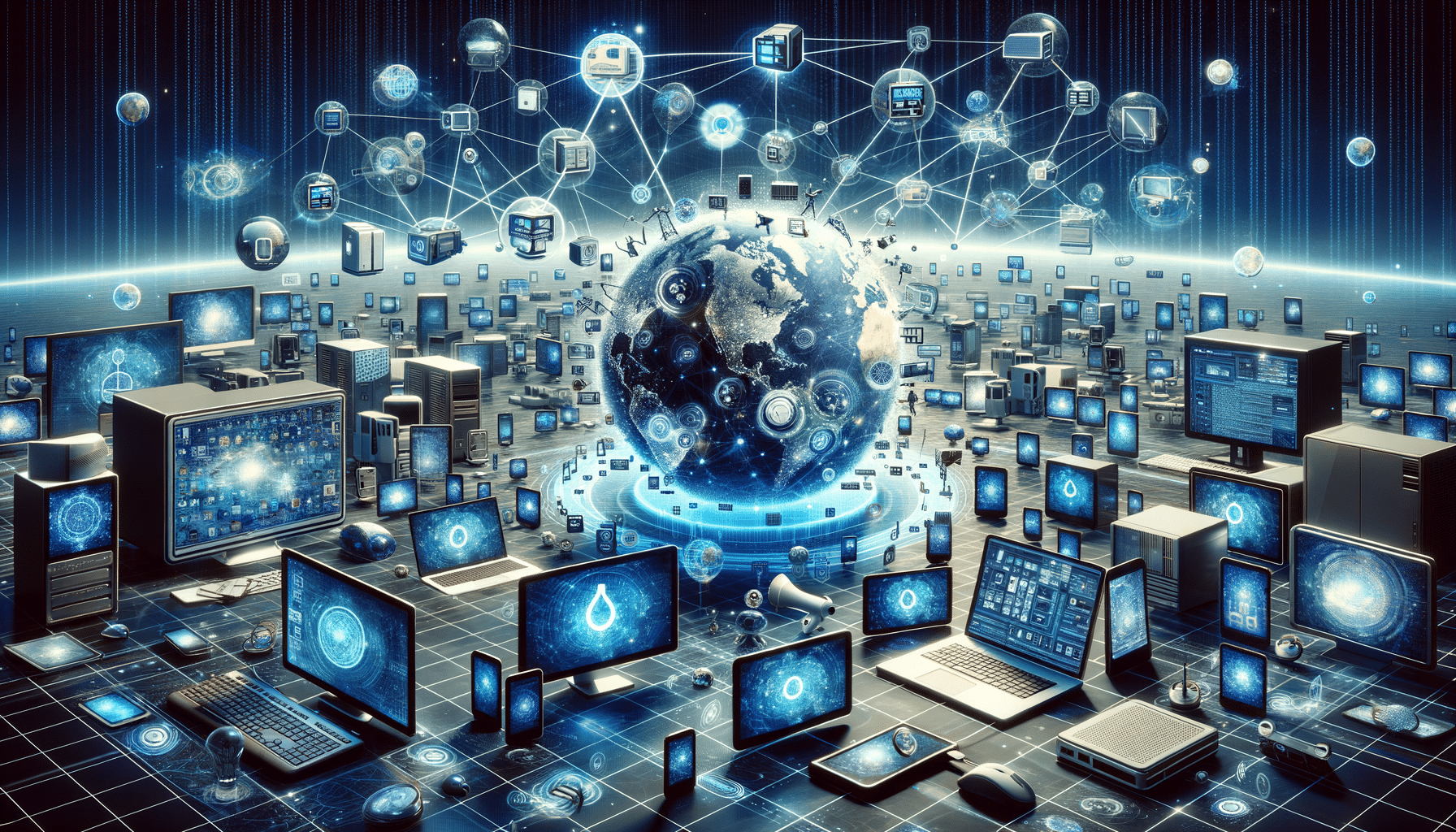Mastering Remote Device Management: The Future of Efficient Tech Oversight
In today’s increasingly digital and remote-first world, managing devices from a distance has become a critical aspect of business operations. Whether it’s overseeing a fleet of smartphones, laptops, or IoT devices, remote management offers unparalleled convenience and control. This article delves into the benefits of remote device management, the tools available, and how businesses can streamline their tech operations while ensuring security and productivity.

Understanding Remote Device Management
Remote Device Management (RDM) is the practice of overseeing and controlling devices from a distance. This capability is increasingly vital in today’s business environment where remote work and global operations are the norm. RDM allows IT administrators to manage devices such as smartphones, tablets, laptops, and IoT devices from a central location. The primary purpose is to ensure these devices are secure, updated, and functioning optimally without requiring physical intervention. This management approach is not just about convenience; it’s a strategic necessity that enhances operational efficiency and security.
One of the key benefits of RDM is the ability to deploy updates and patches remotely. This ensures that all devices are running the latest software, which is crucial for maintaining security and performance. For instance, if a security vulnerability is discovered, IT teams can quickly push updates to all devices, mitigating potential risks. Furthermore, RDM provides the ability to monitor device usage and performance metrics, which can help in identifying issues before they escalate into significant problems.
RDM also supports the enforcement of company policies across all devices. IT administrators can configure settings, restrict access to certain applications, and ensure compliance with organizational standards. This centralized control is essential for maintaining a consistent security posture, especially in industries with stringent regulatory requirements.
The Tools and Technologies Behind RDM
The effectiveness of Remote Device Management hinges on the tools and technologies employed. There are numerous software solutions available, each offering a range of features tailored to different organizational needs. These tools typically provide capabilities such as device enrollment, configuration management, security enforcement, and remote troubleshooting. Some of the most popular RDM solutions offer cloud-based management, which facilitates ease of access and scalability.
Cloud-based RDM tools are particularly beneficial because they allow IT teams to manage devices from anywhere, without the need for on-premise infrastructure. This is especially useful for organizations with a distributed workforce or multiple office locations. Moreover, cloud solutions often come with enhanced security features, such as encryption and multi-factor authentication, to protect sensitive data.
Another important aspect of RDM tools is their integration capabilities. Many solutions offer APIs and connectors that allow seamless integration with existing IT systems and workflows. This ensures that RDM can be a part of a broader IT management strategy, enhancing overall efficiency and effectiveness.
Security Considerations in Remote Device Management
While RDM offers significant advantages, it also introduces security challenges that need to be addressed. Ensuring the security of remotely managed devices is paramount, as these devices often access sensitive company data and networks. A breach in one device can potentially compromise the entire network, leading to data loss or theft.
To mitigate these risks, organizations must implement robust security measures. This includes using strong authentication methods, such as multi-factor authentication, to prevent unauthorized access. Encryption of data in transit and at rest is also crucial to protect sensitive information from being intercepted or accessed by malicious actors.
Regular security audits and compliance checks are recommended to ensure that all devices adhere to the organization’s security policies. Additionally, IT teams should have a response plan in place for dealing with security incidents, including the ability to remotely wipe or lock compromised devices.
Enhancing Productivity with RDM
Beyond security, Remote Device Management significantly enhances productivity. By automating routine tasks such as software updates and device monitoring, IT teams can focus on more strategic initiatives. This automation reduces downtime and ensures that devices are always ready for use, which is critical for maintaining business continuity.
RDM also facilitates better resource allocation. With insights into device usage and performance, IT administrators can make informed decisions about hardware and software investments. For example, if certain devices are underutilized, resources can be reallocated to areas where they are needed more.
Moreover, RDM supports remote troubleshooting, allowing IT support to resolve issues without the need for physical intervention. This not only saves time but also reduces the cost associated with on-site repairs and maintenance.
Future Trends in Remote Device Management
The field of Remote Device Management is continuously evolving, driven by technological advancements and changing business needs. One of the emerging trends is the integration of artificial intelligence and machine learning into RDM solutions. These technologies can provide predictive analytics, helping IT teams anticipate and address issues before they impact operations.
Another trend is the increasing focus on user experience. As remote work becomes more prevalent, ensuring a seamless and user-friendly experience on managed devices is critical. RDM solutions are likely to incorporate more customizable and intuitive interfaces to meet this demand.
Finally, the rise of the Internet of Things (IoT) is expanding the scope of RDM. As more devices become connected, the need for effective management solutions will grow. Organizations will need to adopt RDM strategies that can handle a diverse array of devices, from traditional computers to IoT-enabled machinery.